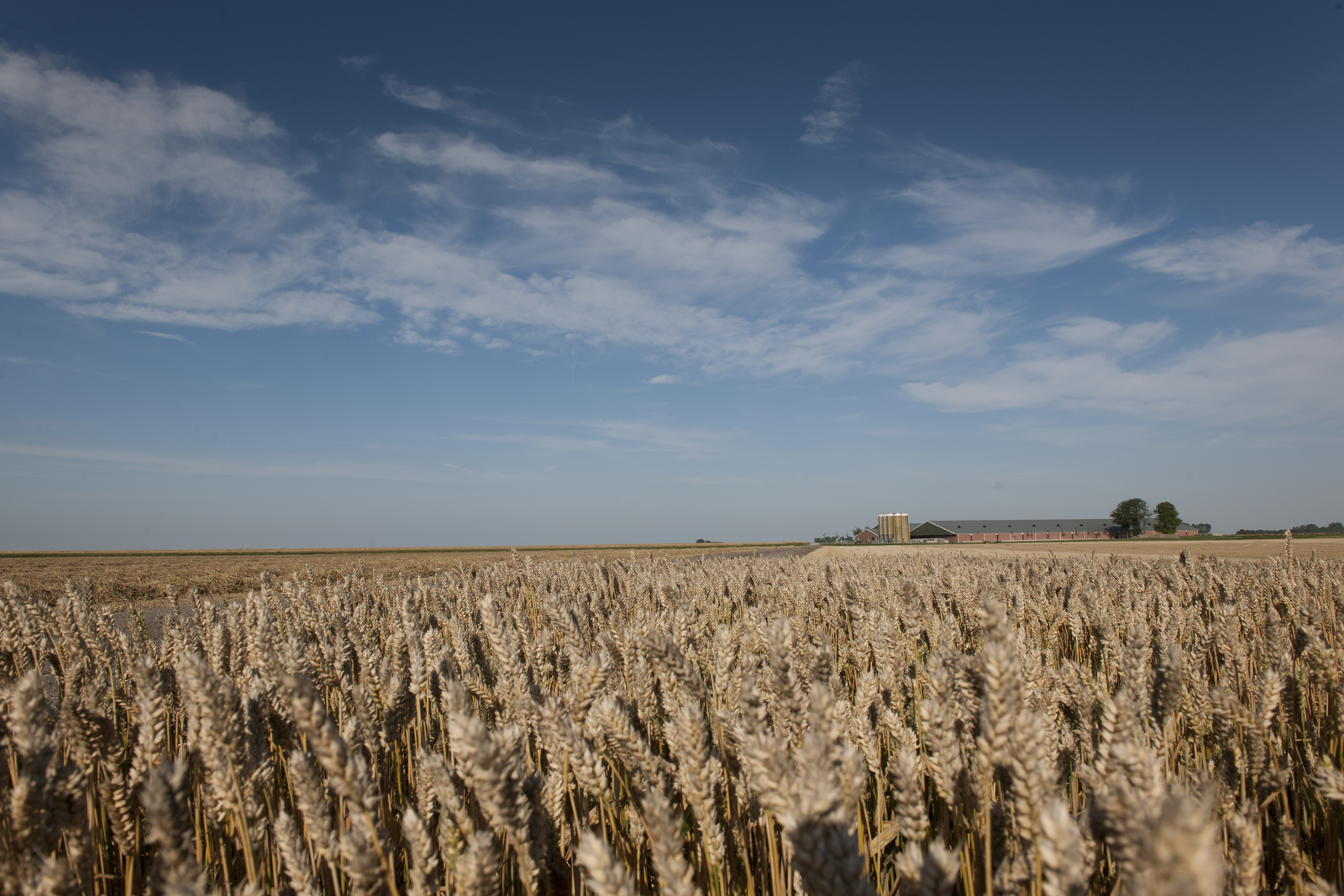Gene discovery in wheat may help crop breeders

A new photosynthesis discovery may help breed faster-growing wheat crops that are better adapted to hotter, drier climates.
In the article, published by ScienceDaily.com, Professor Robert Henry from the Queensland Alliance for Agriculture and Food Innovation said that: “This discovery turns half a century of plant biology on its head.”
“The classic photosynthesis pathway was known as C3, and plants with the alternative photosynthesising chemistry came to be known as C4 plants,” Professor Henry said. “C4 plants capture carbon faster and have higher growth rates, particularly in subtropical and tropical environments.”
“Our research characterised a previously unknown photosynthetic C4 pathway in the seeds of wheat — which is not a C4 plant,” he said.
The researcher’s explanation is that wheat’s photosynthetic pathway evolved 100 million years ago when atmospheric carbon dioxide levels were up to 10 times higher than they are today. “One theory is that as carbon dioxide began to decline, the plant’s seeds evolved a C4 pathway to capture more sunlight to convert to energy,” Professor Henry said.
The Australian researchers published this work in Scientific Reports.











